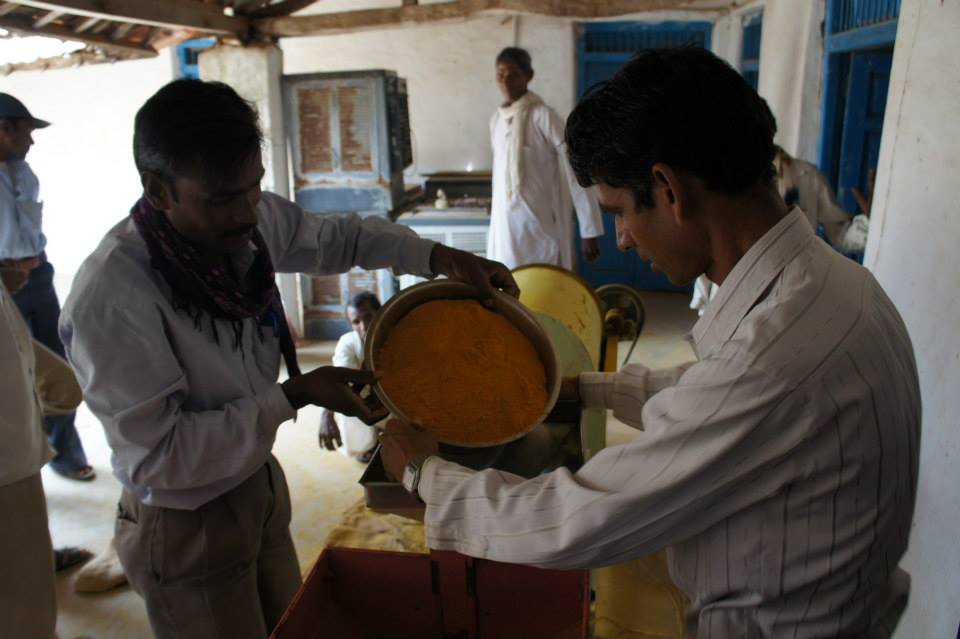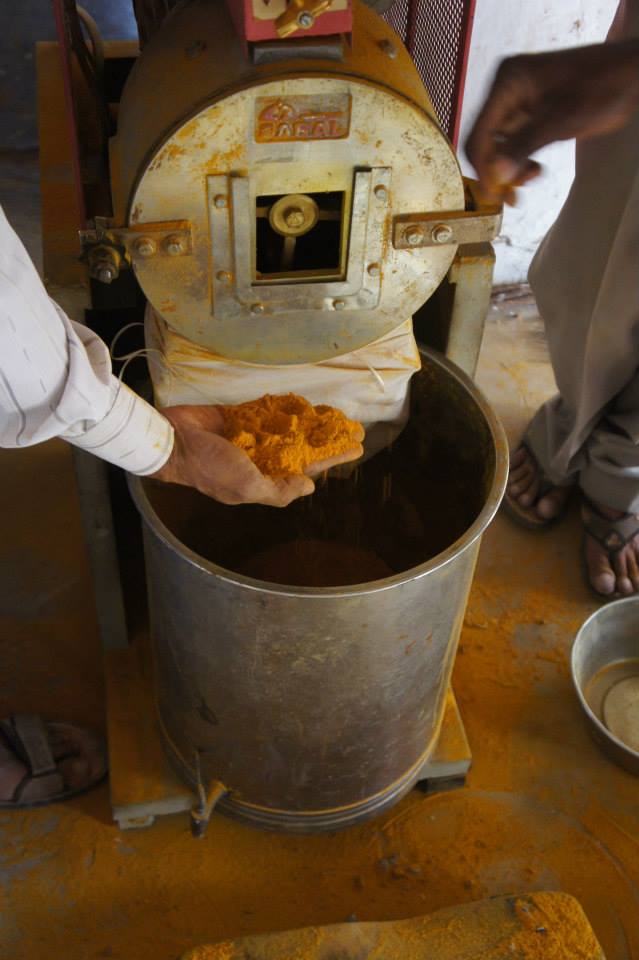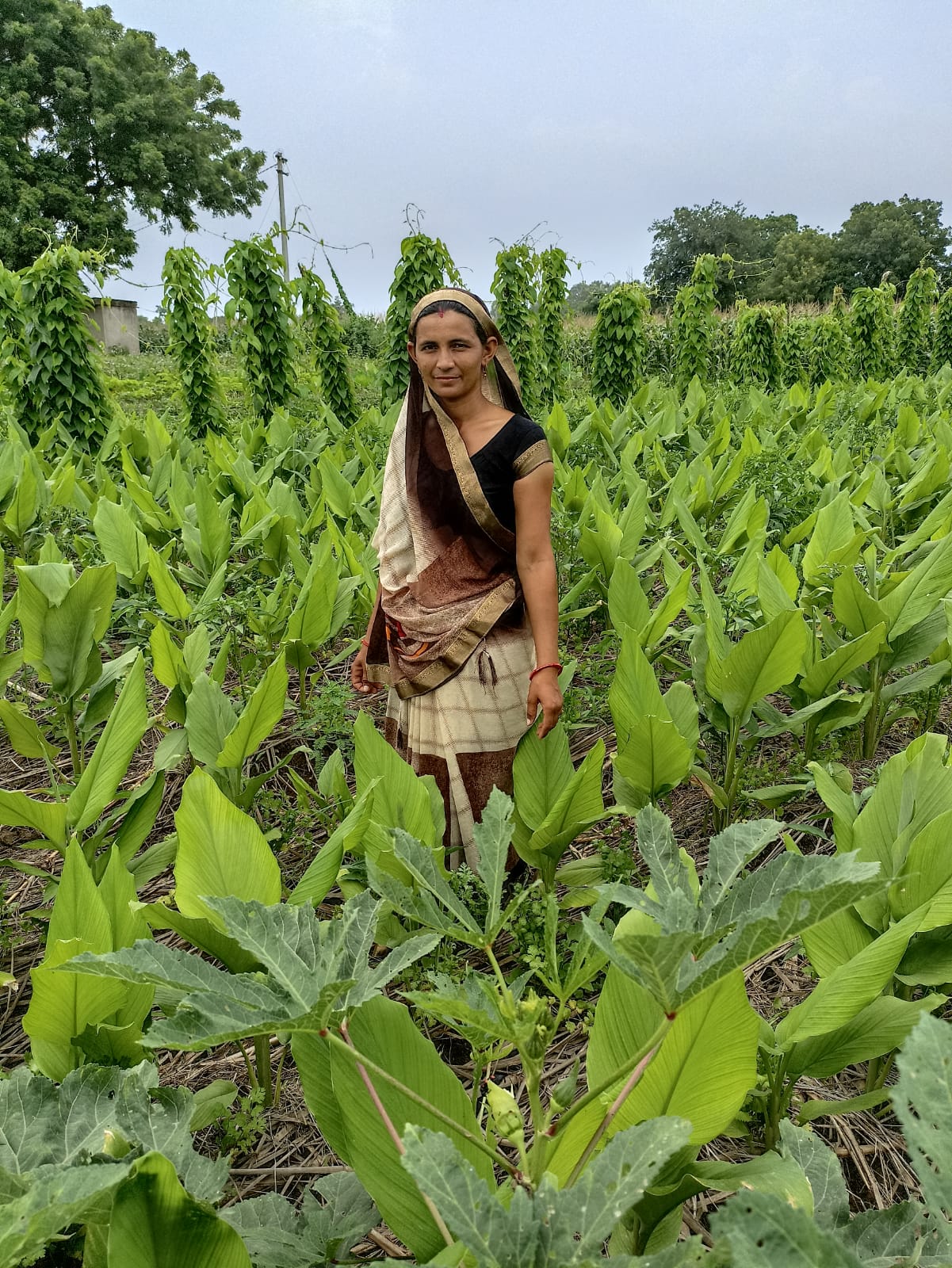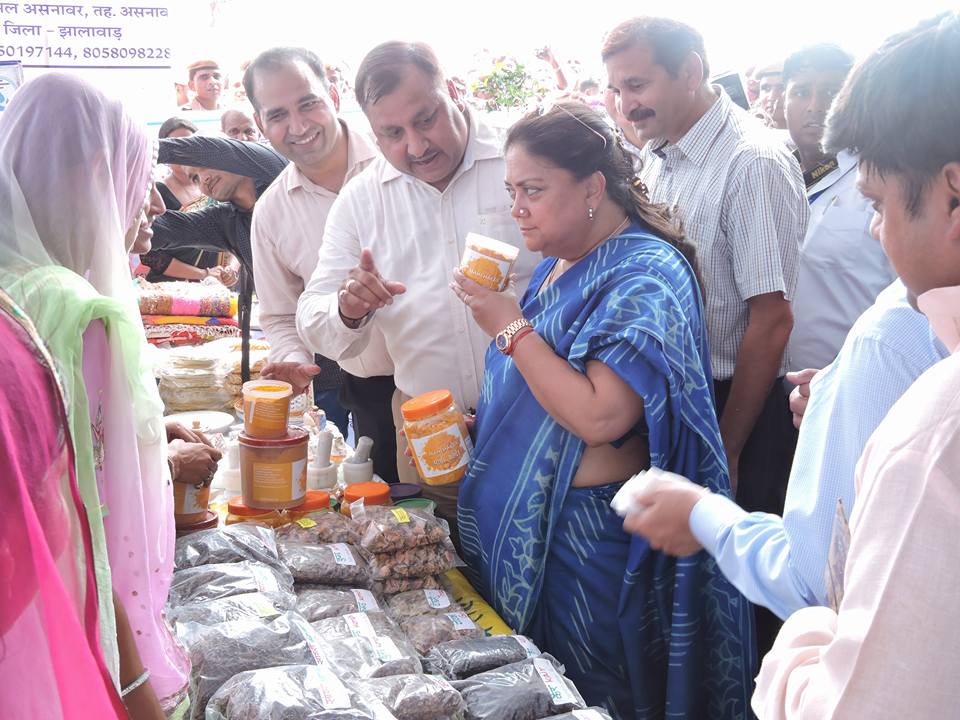Ramila and Devilal Vyas’ efforts in making 102 villages in Rajasthan’s Dungarpur district child labour free was a landmark victory in 2004. In the early 2000s, children from marginal families in Dungarpur had migrated to work in cotton fields of Gujarat as the BT (Bacillus thuringiensis) cotton plant required nimble fingers for pollination work.
Along with UNICEF and local government bodies, the couple identified and rescued 4,200 trafficked children from the neighbouring state.
But this victory came at a cost. It led to mass scale adoption of cotton farming in tribal-dominant regions. The labourers, who had migrated with their children to Gujarat, used their newly acquired expertise and experience to plant cotton crops in their small land holdings.
Here’s the thing about cotton farming. Although it generates higher returns, it is a water-intensive crop and needs a high volume of chemical fertilisers to prevent pest attacks. In an arid region like Rajasthan, the cotton growing farmers quickly fell into debts to meet the input costs. Cotton not only drained their savings but also proved detrimental for the environment.
What followed in the years to come was excessive debts, farmer suicides, crop loss and low fertility of land.
To mitigate these problems the Vyas duo, who have been working in the social sector since 1975, decided to replace cotton with turmeric.
They tell The Better India that they chose the golden spice for two reasons.
“Turmeric is grown by many families in their backyard for self-consumption so scaling the cultivation wouldn’t be challenging. Secondly, the spice has barely any input costs, gives high returns and requires less water,” Devilal says.

He adds, “The herculean task was helping farmers switch from chemical to organic farming. It takes months or even years to get rid of an addiction and our lands wouldn’t yield without chemicals.”
Devilal, an agro-economist by profession and Ramila, a homemaker, are founders of Jan Shiksha Evam Vikas Sangathan (JSVS), an NGO that works towards people’s welfare. Through the NGO, they launched ‘Mahi Haldi’ initiative to bring a turmeric revolution and convinced more than 2,500 farmers to make the switch.
Bringing back the golden spice

As children were enrolled back in school by JSVS and UNICEF, the additional income came to an end for hundreds of families. This prompted them to cultivate cotton with a monthly income expectation of Rs 30,000 per bigha.
However, the fairytale bubble burst a year later when input costs for chemicals, seeds, weedicides and water grew exponentially. They took loans up to Rs 40,000 at an interest of 30%. Even if the yield gave expected returns it was not enough to repay the loan amount.
“Our incomes remained the same but investments kept increasing,” says Manganlal, a farmer in his 40s. He undertook a loan of Rs 25,000 to install a water pipeline around 2007. Like him several farmers installed hand pumps, pipes and borings with an aim to solve water problems. But recurrent droughts only made the situation worse.
To maintain the high yields, Manganlal increased the spraying of chemical fertilisers but two of his cattle died from its consumption. He too frequently fell ill from inhaling the poisonous gases released by fertilisers. There was no way to come out of this downward spiral, thought Manganlal.
It was then that the Vyas duo came with a ray of hope for many farmers. After four to five consecutive years of crop losses and debts, the desperate farmers didn’t mind experimenting with an alternative. However, one common feature that attracted most farmers towards turmeric was the buyback policy that Devilal was offering.

“The biggest worry of farmers is not having enough market linkages. So we assured them of buying their entire produce and giving the same or more returns as cotton. We procured a processing unit to convert the turmeric into powder and sell it further to dealers and shopkeepers.”
The couple invited experts on organic farming to impart training on seed plantation methods, making vermicompost at home, water usage, preparing the land and so on. Initially, not more than 50 farmers implemented organic methods as many faced crop losses.
“The first year was particularly hard as my land was used to pesticides so the transition took time. My investment cost was Rs 8,000 for seeds and setting up a vermicompost bed. I saved a lot on labour work as turmeric plantation is easy. The loss didn’t really affect my overall income. From the following year my input costs were minimal and my land accepted the manure,” recalls Manganlal who switched to growing turmeric in 2012.
The couple got turmeric seeds from Erode in Tamil Nadu to cross breed with local seeds and develop a premium variety. Veena was one of the first farmers in the district to use the hybrid variety eight years ago. She says, “My yield almost increased by a quintal. I even won an award from Krishi Vigyan centre for growing 600 grams of turmeric in one bundle. The average output is 200 grams.”

With successful examples like Veena and Manganlal, the movement spread rapidly and more farmers joined the movement. Since turmeric is planted in rows, leaving an empty space in between, the farmers turned to intercropping methods.
This meant planting of spices and vegetables such as spinach, brinjal, lemons, chillies, coriander, etc, in between rows of turmeric. This ensured additional income and a backup in case any one crop fails.
“I am able to save more with the additional income which will be used for my children’s education,” Veena notes.
With 2,500 farmers practicing mixed cropping, with turmeric as a dominant crop, JSVS’ annual production touches 50 tonnes, which is sold in places like Udaipur, Jaipur, Ajmer and some parts of Maharashtra.

The produce is sold to 3,500 Self-Help Groups (SHG) who further sell it to customers via their grocery stores. The idea of selling it locally instead of big spice giants was a deliberate one, says Ramila, who adds, “Local people get organic turmeric at affordable rates as buying from stores is not an option. This ensures inclusivity. Additionally, the SHG members are financially empowered.”
The initiative helmed by Devilal and Ramila shows that it is possible to get rid of chemicals and harmful fertilisers while ensuring that farmers get a steady income, if not more.
Edited by Yoshita Rao
No comments:
Post a Comment